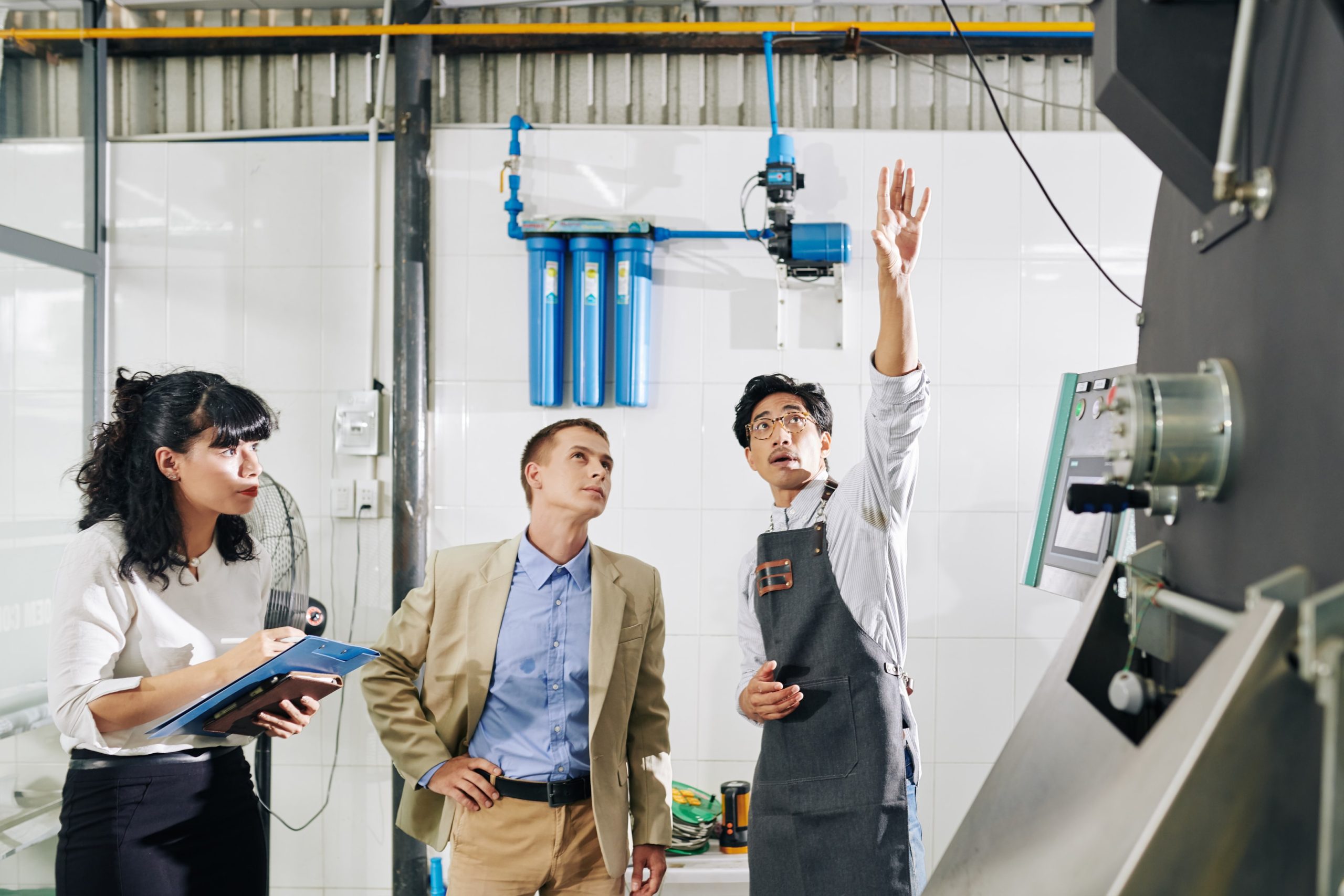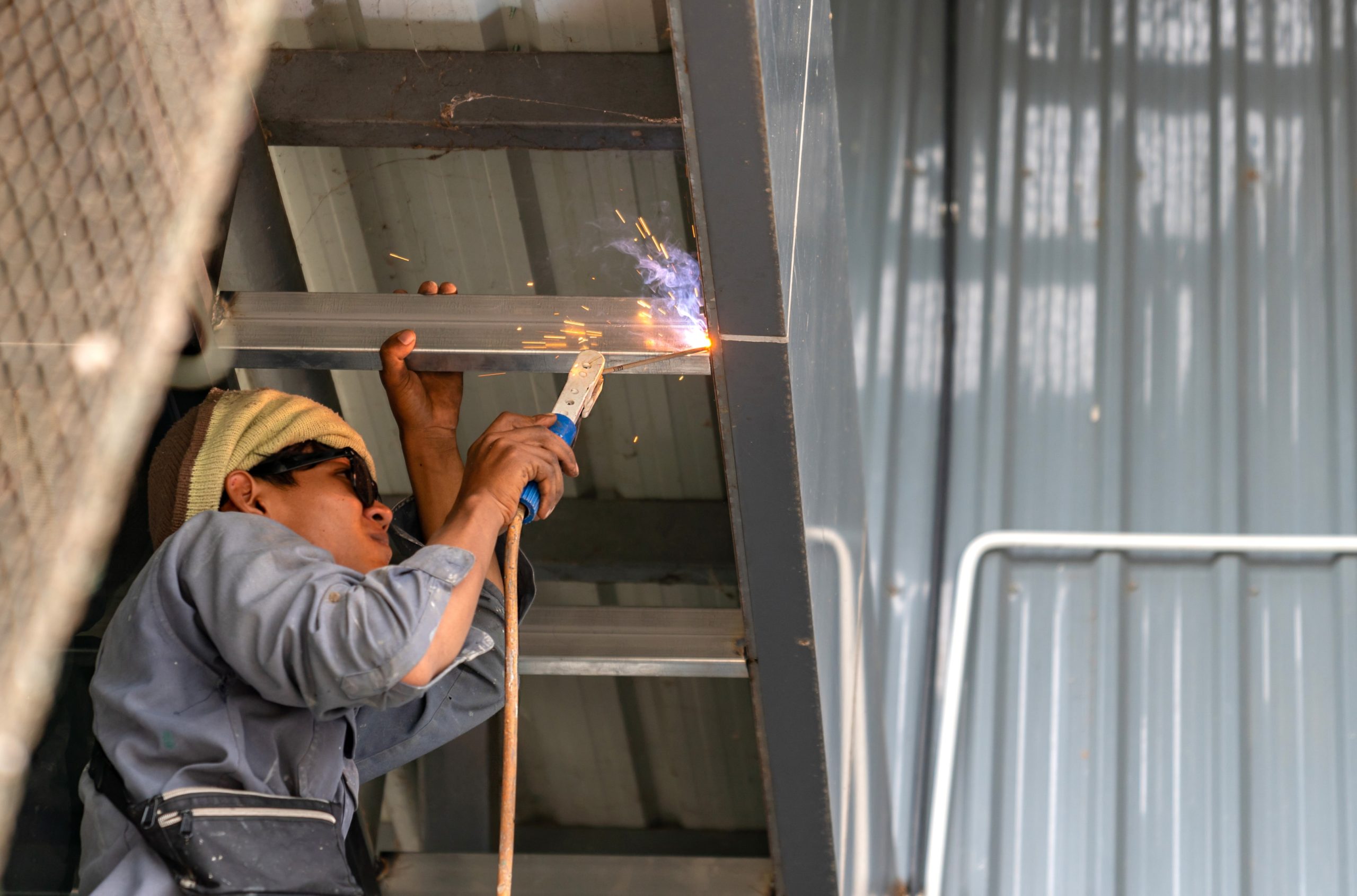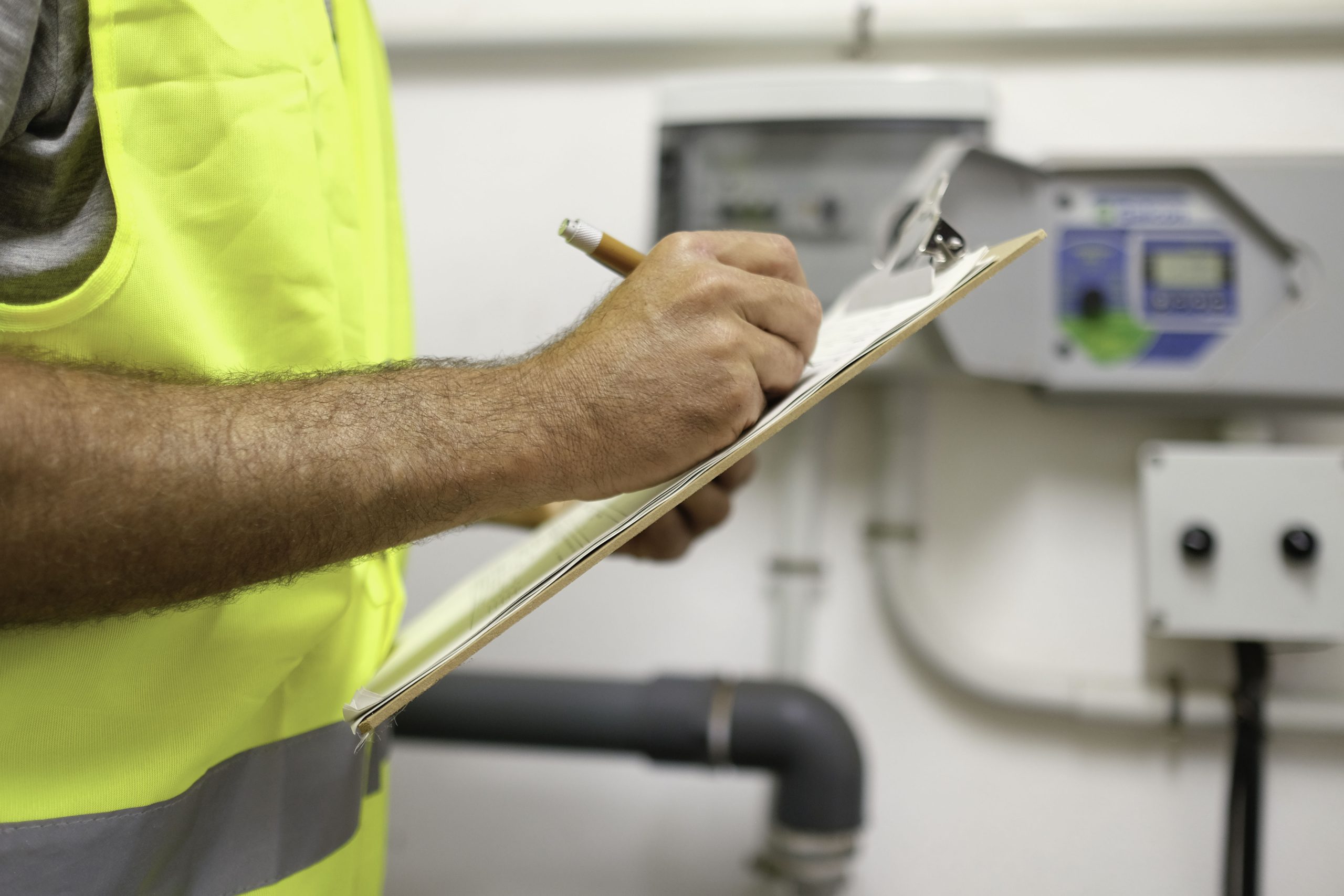Heating, ventilation, and air conditioning (HVAC) systems are an integral part of residential, commercial, and industrial facilities, playing a crucial role in providing comfort, safety, and indoor air quality. As energy efficiency and sustainability become increasingly important, understanding the ins and outs of HVAC systems, from their core functionality to proper maintenance, is essential for facility managers, business owners, and occupants alike.
This comprehensive guide to HVAC systems will provide you with detailed insights into their function, design, energy efficiency, and maintenance best practices. Additionally, you will learn how partnering with a professional facility maintenance provider like Trillium Facility Solutions can optimize your HVAC system’s performance and contribute to a sustainable, eco-friendly operation. By gaining a thorough understanding of HVAC systems, you will be better equipped to make informed decisions that enhance the comfort, health, and eco-consciousness of your facility.
Understanding HVAC System Functionality
- Heating Systems: Furnaces and Heat Pumps
Heating systems are designed to provide warmth to indoor spaces during cold weather. Furnaces, one of the most common heating systems, burn fuel (typically natural gas, oil, or electricity) to heat air, which is then distributed through ductwork by a blower fan. Heat pumps, on the other hand, transfer heat from the outside air or the ground into the building, providing an energy-efficient heating solution.
- Ventilation Systems: Ensuring Optimal Indoor Air Quality
Ventilation systems are crucial for maintaining proper air circulation and indoor air quality. Mechanical ventilation systems like exhaust fans remove pollutants and excess moisture from indoor spaces, while supply fans bring in fresh outdoor air. Balanced ventilation systems, such as energy recovery ventilators (ERVs) and heat recovery ventilators (HRVs), simultaneously exhaust stale indoor air and introduce fresh outdoor air, providing energy-efficient air exchange while maintaining indoor comfort.
- Air Conditioning Systems: Cooling and Humidity Control
Air conditioners play a vital role in cooling indoor spaces during warm weather and maintaining comfortable humidity levels. They use refrigeration cycles to remove heat and humidity from indoor air, releasing the heat outdoors and redistributing the cooled air back into the building through ductwork and vents.
HVAC System Design: Ensuring Efficiency and Comfort
- Proper Equipment Sizing
It’s essential to size HVAC equipment correctly to ensure optimal energy efficiency and indoor comfort. Undersized systems can struggle to maintain temperature and humidity levels, leading to increased energy consumption. Oversized systems, on the other hand, may cycle on and off frequently, reducing efficiency and causing wear and tear on system components. A professional HVAC contractor can perform load calculations to determine the appropriate equipment size for your facility.
- Ductwork and Air Distribution
Properly designed and installed ductwork is crucial for efficient air distribution and comfort. Poorly designed or damaged ducts can cause air leaks, uneven temperatures, and increased energy consumption. Regular inspection and repair of ductwork help maintain system efficiency and performance.
- Zoning and Temperature Control
Incorporating zoning systems and programmable thermostats into HVAC system design can improve comfort and energy efficiency. Zoning systems divide the building into separate areas, allowing for individual temperature control and more precise management of energy use. Programmable thermostats allow for scheduled adjustments in temperature, reducing energy consumption during periods of low occupancy or specific times of the day.
HVAC System Efficiency Upgrades
- High-Efficiency Equipment
Replacing older, inefficient HVAC equipment with high-efficiency models can significantly reduce energy consumption. Energy-efficient furnaces, boilers, heat pumps, and air conditioners offer increased heating and cooling output with less energy input, resulting in substantial energy savings and reduced carbon emissions.
- Variable-Speed Technology
Variable-speed motors in HVAC systems, such as variable refrigerant flow (VRF) systems, adjust their output based on real-time demand, increasing efficiency, and reducing energy consumption. This adaptive technology provides precise temperature and humidity control while minimizing energy usage and ensuring maximum comfort.
- Building Automation System (BAS)
A building automation system is an advanced control system that allows for centralized and automated control of HVAC systems and other building systems. It provides real-time data and analytics, facilitating intelligent decisions about energy use, operational efficiency, and system maintenance. Implementing a BAS can lead to significant energy savings and improved system performance.
HVAC System Maintenance Best Practices
- Regular Preventative Maintenance
Preventative maintenance is crucial for ensuring optimal HVAC system performance and preventing costly breakdowns. Scheduling regular maintenance visits with a professional facility maintenance provider ensures thorough inspection and cleaning of system components, identification of potential issues, and timely repairs.
- Filter Management
Dirty or clogged filters reduce airflow, forcing the HVAC system to work harder to maintain comfort levels. Regular filter cleaning or replacement keeps airflow efficient and reduces system strain, minimizing energy consumption and prolonging the lifespan of system components.
- Coil Cleaning
Evaporator and condenser coils play a crucial role in the cooling process and can accumulate dirt and debris over time, reducing efficiency. Regular coil cleaning by qualified professionals ensures optimal heat transfer and improved system performance.
- Seasonal Tune-Ups
Seasonal maintenance, such as pre-summer and pre-winter tune-ups, prepares your HVAC system for increased demand during extreme temperatures. These tune-ups typically include cleaning, component checks, lubrication, and adjustment of settings, ensuring maximum system performance and energy efficiency.
The Benefits of Partnering with Trillium Facility Solutions
- Expertise and Customized Maintenance Plans
We offer skilled professionals adept at optimizing HVAC systems for efficient operation. Their customized maintenance plans tailored to your facility’s needs ensure comprehensive support for sustained optimal performance.
- Efficient Facility Maintenance Management
With our proprietary software and mobile app, we streamline the process of scheduling, managing, and maintaining your HVAC system. This efficient approach minimizes downtime and maximizes system performance, reducing energy consumption and related expenses.
- Comprehensive Facility Services
We offer a holistic facility maintenance solution, extending beyond HVAC systems. Their wide range of services includes lighting and electrical systems, plumbing, building envelope maintenance, and energy management, ensuring a cohesive approach to facility care and energy conservation.
Achieve HVAC Excellence with Trillium Facility Solutions
A thorough understanding of HVAC systems, from their core functionality to proper maintenance, is essential for optimizing efficiency, comfort, and sustainability. By following best practices in design, equipment selection, and maintenance, you can ensure the longevity and optimal performance of your HVAC system, significantly reducing energy consumption and operational costs.
Don’t leave your HVAC system’s success to chance. Partner with Trillium Facility Solutions, a dependable and experienced facility maintenance provider, to optimize your system’s performance and contribute to a sustainable, eco-friendly operation. With our customized maintenance plans, cutting-edge software, and mobile app, we ensure that your HVAC system remains a reliable and energy-efficient asset for your facility. Request a quote today from a facility management service provider.









